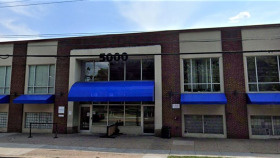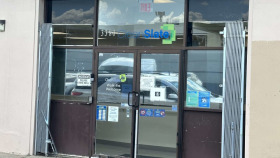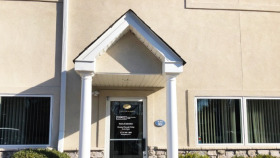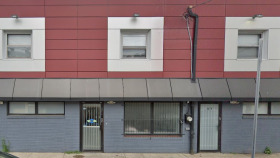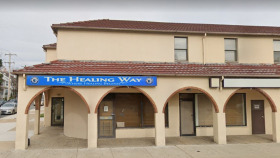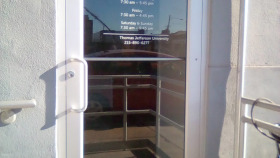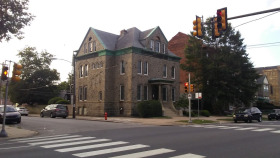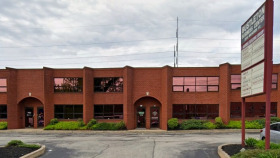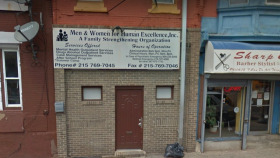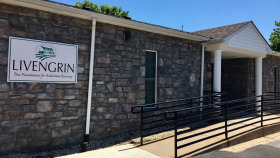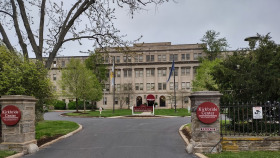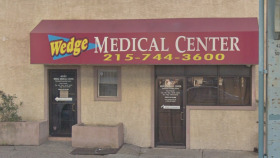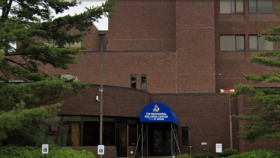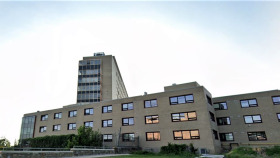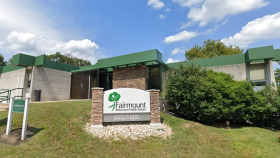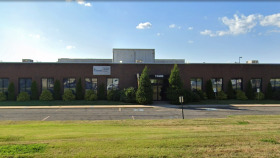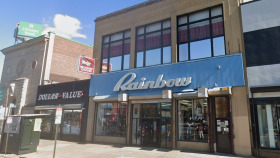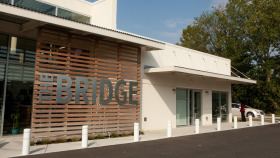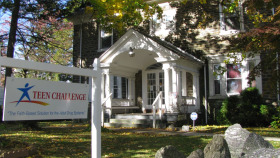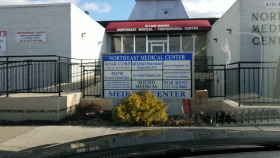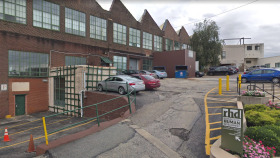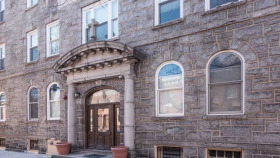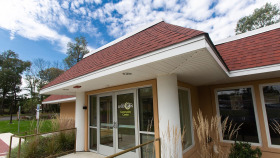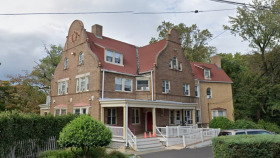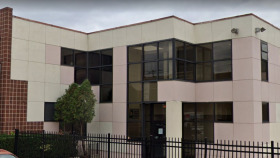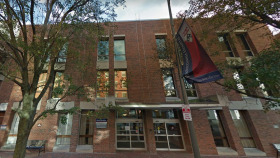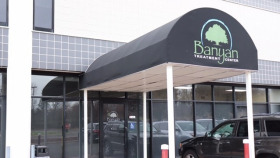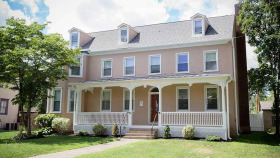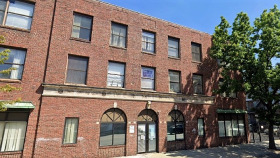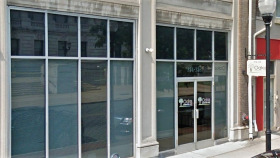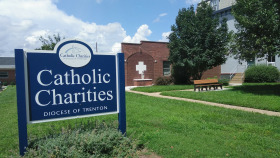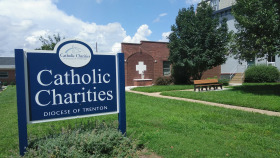Expert Insights
With Pennsylvania already struggling through a modern wave of the opioid epidemic, the arrival of a drug called xylazine is making it even worse. Xylazine is a cheap, unregulated veterinary tranquilizer that dealers are using to cut fentanyl because it amplifies and extends the opioid’s high. When combined, the deadly fentanyl / xylazine mixture known as “tranq dope.” And Philadelphia’s Kensington neighborhood is wearing the wounds of its impact…literally. Addicted residents of the open-air drug market now wander the streets exhibiting the typical sign of xylazine use: non-healing necrotic ulcers (often tunneling all the way down to the bone) in the places where they inject. As if fentanyl wasn’t bad enough on its own? Why in the world do we need another additive to make it stronger? And here’s the thing that frightens me most about this “tranq dope” trend: xylazine is a sedative, not an opioid, so the people who overdose on “tranq dope” don’t respond as well to naloxone. This will only lead to higher rates of death and life-threatening infection.
~ Nikki Seay
How Expensive is Drug Rehab in Philadelphia?
Not treating addiction can be costly to your health, relationships, and ability to work. But how much does it cost?
It depends on a few things:
Type of facility: Outpatient treatment is less expensive than inpatient care.
Size of the treatment center: Larger facilities typically cost less than smaller ones.
Types of care offered: Numerous options can increase the cost of rehabilitation.
Length of the program: The length of your inpatient stay can influence the price.
Amenities: Perks like a gym, pool, spa, massage therapy, and dieticians boost the cost.
For inpatient facilities and detox centers in Philadelphia, a 30-day stay costs between $14,000 and $27,000 and includes room and board. Outpatient treatments range from $3,000 to $10,000 for 30 days of care.
Pennsylvania has 604 rehab programs as of March 31, 2020. They vary from private and for-profit to entirely free. The following figures reflect the number of facilities that offer the respective payment options:
As you can see, most drug and alcohol rehabs in Philadelphia accept either private insurance or Medicaid. It is essential to verify the types of payments or insurance the facility accepts. By choosing an in-network facility that has an agreement with your insurance provider, you will have fewer out-of-pocket expenses. If you have private insurance, you may have more access to treatment, as some facilities cap the number of available Medicaid beds depending on state law.
Since 2015, as part of the ACA, Pennsylvania expanded its Medicaid insurance to allow those who did not previously qualify to be insured. As of May 2021, more than 3 million Pennsylvanians were covered with Medicaid insurance. The program allows you to choose among more than 10 insurance plans.
Are There Low-Cost and Free Drug Rehab Centers in Philadelphia?
If you are underinsured, uninsured, and unable to pay for care, the Philadelphia Single County Authority (SCA) assists you with federal, state, and city funding for alcohol and drug rehab in Philadelphia based on your financial eligibility. Within the city, dozens of facilities work with the Philadelphia SCA.
How Does Philadelphia Compare in Alcohol and Drug Use?
According to local officials, the deadly synthetic opioid fentanyl is the Philadelphia area’s top drug threat. In 2021, The City of Brotherly Love saw a total of 1,276 drug overdose deaths, according to data from the Philadelphia Department of Public Health. 82% of the overdose deaths that year involved fentanyl. This powerful drug has been found in cocaine, methamphetamine, counterfeit pills, and other drugs. If you or a loved one is battling substance abuse, there is help within reach. There are nearly 200 accredited alcohol and drug rehab centers in Philadelphia.

On a single day—March 31, 2020—over 45,000 people were undergoing treatment in Philadelphia drug rehabs.

In 2019, 24,509 people with Medicaid received addiction treatment, primarily in outpatient clinics.

3,081 uninsured or underinsured people received addiction treatment in Philadelphia in 2019.
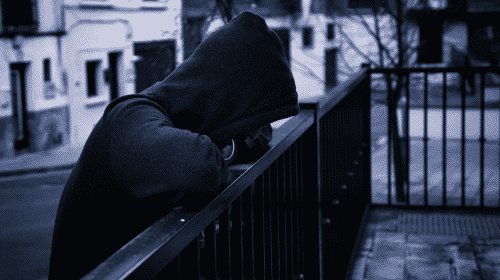
Of the 3,081 patients who received treatment, the most commonly abused substance was heroin.
Alcohol and Drug Laws in Philadelphia
Regarding substance use in Pennsylvania, these laws are on the books:
Pennsylvania’s Good Samaritan Overdose Immunity Law: This law, Act 139, SB 1164, protects you if you help a friend or loved one who has overdosed on drugs. You are even protected if you also use drugs and are on probation or parole.
Pennsylvania Drug and Alcohol Abuse and Control Act: Officially named Act 1972-63, this law keeps medical and treatment records of substance use disorder confidential. The federal counterpart, CFR 42, mandates records of patients who undergo treatment for substance abuse remain confidential.
State Drug Treatment Program: Pennsylvania provides alcohol and drug rehab for you if you have been convicted of a nonviolent, drug-related crime. You may avoid jail time with this judge-ordered alcohol or drug program.
With so many accredited alcohol and drug rehab centers in Philadelphia, it is essential to find the best facility and program for yourself or a loved one. Please contact
800-681-1058
(Sponsored)
to get the help you need, today.
Resources
- Substance Abuse and Mental Health Services Administration. (2020). National Survey of Substance Abuse Treatment Services 2020 State Profile—Pennsylvania.
- National Drug Early Warning System. (2020). Philadelphia 2020: Drug Use Patterns and Trends.
- Philadelphia’s Community Health Assessment. (2018). Health of the City.
- Medicaid.gov. (2022) January 2022 Medicaid & CHIP Enrollment Data Highlights.


